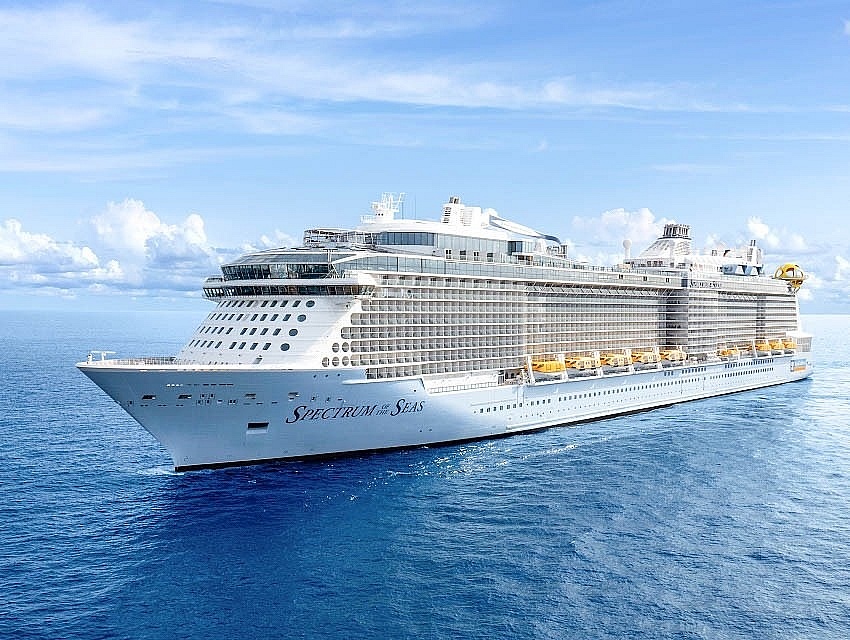Red Sea crisis boosts profits for container shipping lines
From a net loss of $700 million in the fourth quarter of 2023, container shipping lines’ net profits improved, rising to $5.4 billion in the first three months of 2024.

Despite facing many crises in recent times, the world’s container shipping has helped carriers increase profits. Carrier profits have increased sharply due to the pandemic, followed by a prolonged price reduction. However, the downward trend was abruptly halted by the diversion in the Red Sea, and has continued to increase the net profits of shipping lines by more than $6 billion.
According to consultants Maritime Strategy International (MSI), such diversions could further boost the profits of shipping lines as peak season cargo volumes increase demand.
From a net loss of $700 million in the fourth quarter of 2023, net profits of shipping lines have improved, increasing by $5.4 billion in the first three months of this year. This figure is still down sharply from the first quarter of last year when shipping lines achieved a profit of $13.7 billion.
According to Blue Alpha Capital analyst John McCown, the Asia-to-Europe trade absorbed about 8% of global capacity. That capacity absorption has helped carriers quickly turn a profit, as MSI noted in its March Horizon report, with spot rates from Asia to Europe falling to $3,189 per FEU at the end of March, from $5,492 per FEU in January.
By May, MSI’s Horizon noted, “After three months of declines from February to April, spot rates rose significantly and unexpectedly in the first half of May.”
Using Xeneta data, MSI said Far East-North Europe freight reached $3,805 per FEU on May 14, about 20% higher than at the end of April.
“This was partly driven by the push by major carriers to increase rates through the GRI on May 1. However, for the GRI to continue to exist, the market must be based on healthy supply-demand fundamentals.”
According to MSI, the General Rate Increase was successful for a number of reasons, including increased demand, with trades in Northern Europe seeing a 7.7% increase in volumes; port congestion in Asia and Europe, particularly in the Western Mediterranean; and diversions around the Cape of Africa explaining the price increase.
A significant increase in transshipment volumes in Spain and Morocco, particularly Barcelona, Valencia and the Port of Tanger, coincided with congestion due to direct restrictions caused by the actions of the Houthi rebels in the Red Sea, as vessels diverted around the Cape of Good Hope and used feeder vessels to serve Eastern Mediterranean destinations, rather than calling directly after transiting Suez.
MSI data shows that deployments on intra-Med routes increased by 36,000 TEUs and on North Europe-Med routes increased by 68,000 TEUs.
As for the forecast, MSI believes that, “With no end in sight to the Red Sea crisis and with the peak season approaching, the explosive mix of severe port congestion, increased seasonal demand and continued diversions to the Cape of Good Hope could end up pushing Asia-Europe spot freight rates significantly higher than current levels.”
Source: Phaata.com (ContainerNews)






